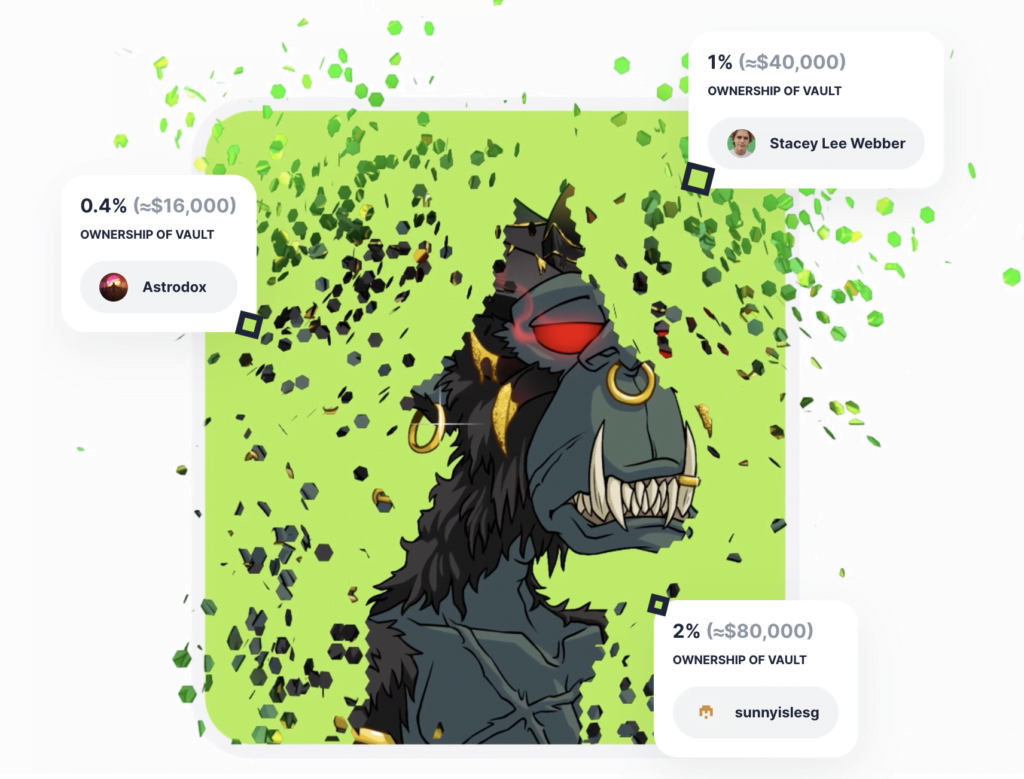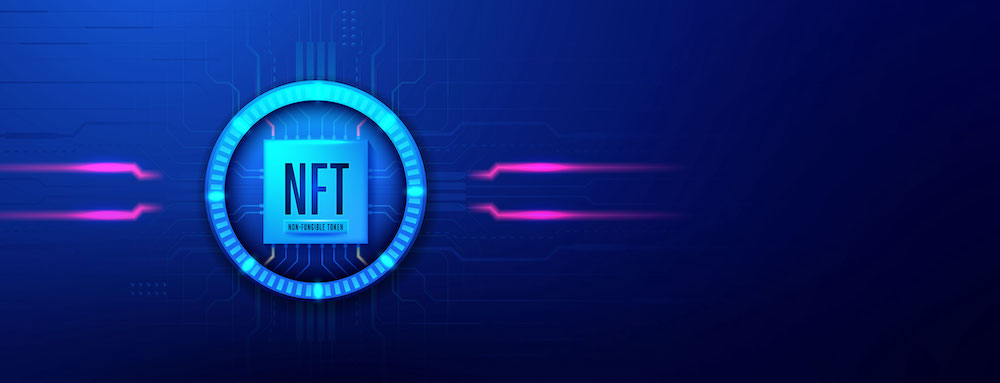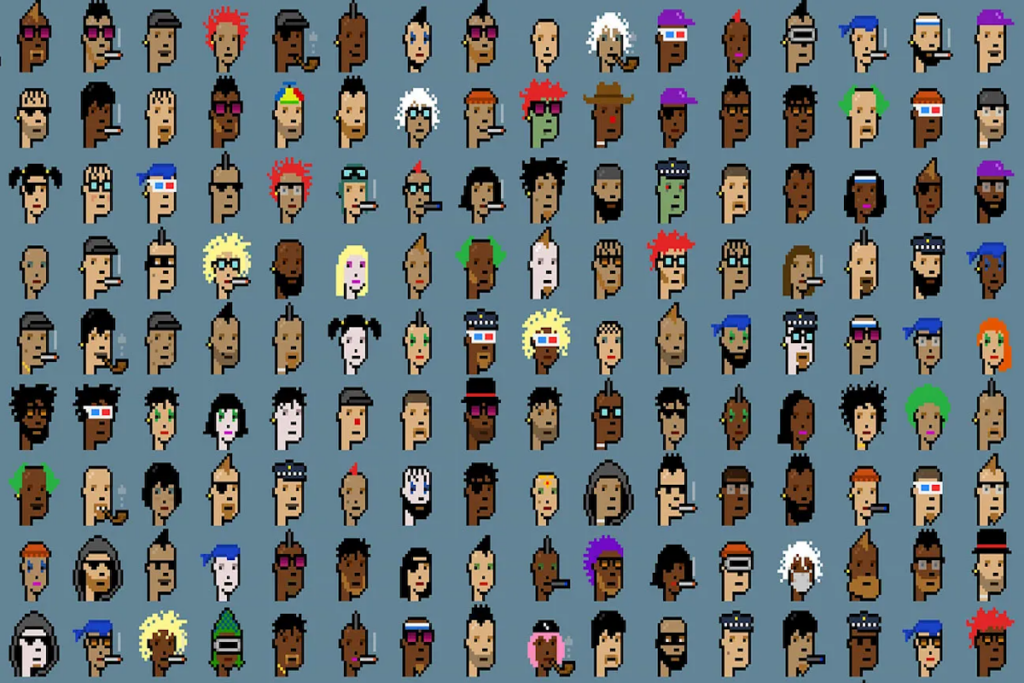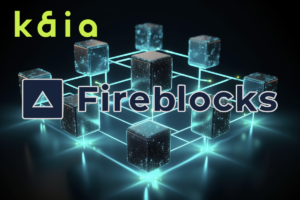If you’ve been following the NFT scene—or even if you just spotted a headline about digital art selling for eye-watering sums—you know the excitement (and sometimes confusion) around these assets. But what happens if a single token is priced so high that most people can’t afford it? That’s where fractional NFTs step in, allowing multiple buyers to own small slices of one bigger asset.
It’s an approach that’s making NFT ownership more accessible in both digital and physical markets. Let’s explore how fractional NFTs work, which platforms offer them, and some real-world examples that show why they’re more than just a buzzword.
How Fractional NFTs Work
A few years ago, NFTs (non-fungible tokens) took center stage, with certain pieces selling for millions of dollars. Naturally, that’s out of reach for most collectors. Fractional NFTs solve this problem by splitting one high-value NFT into smaller parts, or “fractions.” Each fraction can be sold separately, lowering the financial barrier to entry and, in some cases, making it easier to trade these shares on the open market.
Here’s a simplified breakdown: you take a high-value NFT, lock it into a smart contract, and create multiple smaller tokens that each represent a slice of ownership. Anyone who holds one of these fraction tokens can potentially benefit if the original NFT’s value goes up—similar to how you might own a piece of a company through its stock.
Sometimes, fraction owners also get voting rights, such as deciding whether to sell the entire NFT if a good offer comes along.

A Closer Look at the Fractionalization Process
- Lock the NFT: The original (often pricey) NFT is placed in a specialized vault or locked via a smart contract.
- Mint Fraction Tokens: The contract issues a set number of tokens, each representing a small chunk of ownership.
- Trade the Fractions: These tokens can then be sold or traded on NFT marketplaces or decentralized exchanges.
If the group eventually wants to sell the whole NFT to one buyer, the smart contract follows a specific procedure—often involving a “buyout price” that covers all fraction tokens. Fraction holders vote on whether to accept this offer, creating a governance model where everyone has a say.
The Ups and Downs of Fractional Ownership
Potential Returns
If the underlying NFT becomes more valuable, those fraction tokens might go up in price, too. In some cases, if the NFT generates royalties or other revenue (say, licensing fees), token holders could get a proportional cut.
Liquidity and Risks
One perk is increased liquidity, meaning it can be simpler to buy and sell smaller shares than one huge asset. But keep in mind, NFT values can swing wildly if market sentiment changes. Also, once the hype around a particular NFT fades, it might be harder to find buyers for those fractions. Network fees can add extra costs too.
Governance Headaches
Fractional ownership sometimes means shared voting rights, which can be a double-edged sword. On one hand, it’s more democratic; on the other, disagreements on valuation or timing can slow everything down. If disputes become messy, trust in the process can erode quickly.
A Closer Look at the Fractionalization Process
- Lock the NFT: The original (often pricey) NFT is placed in a specialized vault or locked via a smart contract.
- Mint Fraction Tokens: The contract issues a set number of tokens, each representing a small chunk of ownership.
- Trade the Fractions: These tokens can then be sold or traded on NFT marketplaces or decentralized exchanges.
If the group eventually wants to sell the whole NFT to one buyer, the smart contract follows a specific procedure—often involving a “buyout price” that covers all fraction tokens. Fraction holders vote on whether to accept this offer, creating a governance model where everyone has a say.
The Ups and Downs of Fractional Ownership
Potential Returns
If the underlying NFT becomes more valuable, those fraction tokens might go up in price, too. In some cases, if the NFT generates royalties or other revenue (say, licensing fees), token holders could get a proportional cut.
Liquidity and Risks
One perk is increased liquidity, meaning it’s simpler to buy and sell smaller shares than one huge asset. But keep in mind, NFT values can swing wildly if market sentiment changes. Also, once the hype around a particular NFT fades, it might be harder to find buyers for those fractions. Network fees can add extra costs too.
Governance Headaches
Fractional ownership sometimes means shared voting rights, which can be a double-edged sword. On one hand, it’s more democratic; on the other, disagreements on valuation or timing can slow everything down. If disputes become messy, trust in the process can erode quickly.

Real-Life Examples
Real Estate
Believe it or not, fractional NFTs are starting to pop up in real estate. Here, property rights turn into digital tokens on the blockchain, so multiple people can invest in, say, an apartment building, without forking over a massive down payment. In return, these fraction owners might earn rental income, distributed through the smart contract. It’s a way to diversify into real estate without needing a mountain of capital.
Art and Collectibles
Big-ticket art pieces (like Beeple’s “EVERYDAYS: THE FIRST 5000 DAYS”) have famously sold for millions, which pretty much rules out most individual buyers. By splitting the piece into fractional NFTs, multiple people can chip in and own a share. It’s not the same as hanging the painting in your living room, but it does give you bragging rights—and potentially a profit if the artwork’s value rises.
Wines and Spirits
The wine and spirits industry is also among the early adopters. For instance, UniCask fractionalizes premium whisky casks as NFTs. The first UniCask collection issued a 1991 vintage cask of a high-value single-malt Scotch whisky.
Car Tokenization
Car tokenization is another example, turning vehicle ownership into digital tokens on the blockchain. Multiple people can co-own a high-end or collectible car—think a Lamborghini or a vintage classic—without needing to cover the whole price.
Maintenance, storage, and insurance costs can be split among all fraction holders, reducing the financial burden on any single investor. At the same time, this approach brings liquidity to what was once a tight-knit market, allowing investors to buy or sell shares in a car much more easily.

A remedy to the NFT liquidity problem
Another critical function of fractionalizing NFTs is to provide liquidity to an otherwise illiquid market because it’s much easier to sell or buy small units of expensive assets. Consequently, the NFT asset class becomes more accessible, and more participants mean better liquidity.
Moreover, new ways of mitigating the illiquidity of NFTs via fractional counterparts are emerging. On Unicly, it’s possible to convert NFTs into fractional ERC-20 tokens called uTokens and provide liquidity on the protocol’s DEX by locking them.
Another platform, an NFT super app called Pixelport, has just launched its testnet where users can invest in fractional NFTs, giving creators additional ways to generate revenue for their work and making these creations more accessible to buyers.
The Takeaway
Fractional NFTs are opening doors for people who used to feel shut out of high-ticket assets. By dividing an expensive NFT into smaller, more affordable tokens, these platforms make it easier to invest, trade, and even have a say in what happens to the underlying piece. But, as with any new approach, fractional NFTs come with their own quirks and risks—think volatility, fees, and potential conflict among token holders.
So, if you’re intrigued by the idea of owning a piece of an iconic artwork or a share of a high-end property, do your homework: research the platform’s reputation, understand how voting and buyout rules work, and watch out for market ups and downs. As the fractional NFT market continues to develop, this could become a major way for everyday folks to invest in everything from real estate to luxury handbags—shifting the very idea of ownership in ways we’re only starting to grasp.
Yes, it’s theoretically possible to retrieve the original NFT by including a “buyout” option in the initial smart contract. This allows any owner of the fractional NFTs to buy all other existing fractions and unlock the original NFT.
Fractionalizing NFTs can improve market liquidity by making it easier to buy or sell small parts of expensive assets. This makes the NFT asset class more accessible, and with more participants, liquidity improves.
A fractional NFT is created through a process involving minting an original asset as an NFT, locking it in a smart contract, defining parameters like the total number of fractions, and splitting the original NFT into ERC-20 tokens, which can then be sold or transferred.
A fractional NFT is a part of a single nonfungible token (NFT) that has been split into smaller, more manageable parts. It allows for partial ownership, making it accessible to those who may not have the means to purchase an entire NFT.
Fractional NFTs have been adopted by several platforms, protocols, DAOs, and other NFT-related apps like Fractional.art and Otis. They’ve been used for a wide range of assets, including fine art, collectibles, real estate, and even premium whiskey casks and fine wines.
Author
-

Nagi An is a content writer who is passionate about NFTs, web3, DAOs, and DeFi. She's covers a variety of topics about NFT fundamentals.




